As we mark our 275th anniversary this year, we’ll be bringing you a timeline of articles showcasing the best of our journalism – your stories – spanning hundreds of years.
Each month will focus on a different theme, from historic crimes and the royal family’s love affair with the north and north-east, to show-stopping entertainment on the stages of the region.
Not only will you be able to see how our reporters told your stories throughout the centuries, but you will also witness the transformation of our journalism – in your P&J – over time.
Business and Industry in the north and north-east
The Press and Journal has always been supportive of the goings on in the region, giving local business owners and industry workers a platform to share their news and promote their investments.
From retail to farming and brewing to fishing, as a local newspaper, we’ve told the news of the north and north-east for centuries.
This month, our 275th anniversary timeline focuses on the businesses and industries of the region, as well as how our coverage has changed over the years.
Learn about the history of Esslemont and Macintosh on Aberdeen’s Union Street, explore agriculture coverage of the north and north-east dating back to 1798, and discover distilleries in Moray.
1798: A good time for turnips – agricultural reporting
Agricultural reporting has featured in The Press and Journal since the 18th century as it has long been a key industry for the region.
This article clipping from September 1798 reports on the current harvest and the average prices of crops and livestock in the preceding August – in what seemed to be a particularly good time for turnips.
The pictureless report formed part of a newspaper page which had nothing but text to tell stories of the north and north-east.
The journalist who wrote the article states: “The hay harvest is now mostly over, and has been generally more favourable than was imagined.
“The second crop also appears to be good in many places, and much of it in this neighbourhood is well got in.
“The turnips are almost everywhere promising.”
The article also talks about the prices of cattle and how the price of beef fell. It also says the weather for harvest that year had been “perfection”.
1932: From rags to paper at Stoneywood Paper Mill
Paper mills were a dominant pre-oil industry in Aberdeen. The Stoneywood Paper Mill in Aberdeen dates back to 1710.
The Aberdeen’s Journal was founded in 1748, and so since its inception, the paper has always reported on the goings on of the paper mill.
On October 7 1932, the Aberdeen Press and Journal – the name on The P&J masthead at the time – reported on the process of manufacturing paper.
Mr J. G. Abel, a chemist with Stoneywood Paper Mill, described the transformation from rags to paper at the weekly meeting of the Aberdeen Rotary Club in the city’s Caledonian Hotel.
By this point in time, pictures were used within the columns of the newspaper to help to tell the stories of the region.
This particular article featured a headshot image of Mr J. G. Abel.
The report stated: “Mr Abel said there were endless varieties of paper on the market, but in every case the basic raw material was the vegetable fibre derived from the flowering plant.
“And as every plant was built up with a structure or framework of these fibres, it would seem that there need be little danger of shortage of raw material to meet the demands of this industry.”
One noticeable change to the structure of the articles by 1932 was that text was now broken up by sub-headings to make stories easier to read.
The general appearance of the page was now easier on the eye with the likes of adverts too.
Pages were packed with articles, but no longer overwhelmed by words.
1966: Moray’s Glenlossie Distillery in review
Whisky is one of the famous industries from Scotland and The Press and Journal has always recognised its importance in the north and north-east.
On September 10 1966, reporter Cuthbert Graham spoke of Moray’s Birnie – dubbed the ‘whisky village’.
The Weekend Review report featured an image of Glenlossie Distillery “in the parish of Birnie”, while Mr Graham’s words told of the addition of new warehouses which provided a central depot for the whisky produced throughout the Speyside area.
Packed with images, the Weekend Review was a modern feature within the pages of The P&J and a bit like a travel review, of which the paper still publishes.
Mr Graham wrote: “In 1959 a very important programme of re-equipment and expansion was begun.
“New stills were installed making a total of six, but the most important development was the erection of two warehouse blocks…”
Today, the whisky industry is still very much important to the region and is something to be proud of. It’s also an industry which regularly has coverage in The P&J.
Whisky is such a hot topic, The P&J cover everything about it in the form of news articles, features, galleries and even opinion pieces.
1970s: A long and rich history with the fishing industry
The north-east has a long and rich history when it comes to the fishing industry.
In Aberdeen, the earliest records of the 12th century show there was evidence of the first wooden harbour at Shiprow.
Farther up the coast, there’s also a wealth of fishing history in towns including Macduff, Peterhead, Banff, Portsoy, and if you go south you’ll find Stonehaven, Johnshaven and Gourdon.
And The Press and Journal has long reported on the fishing industry in its pages.
On May 24 1975, The P&J’s Weekend Review reported on Mallaig’s growth and improvement over the last 80 years.
Mallaig is a port in Lochaber, on the west coast of the Highlands of Scotland.
In the article, reporter Cuthbert Graham wrote: “In 18 years the herring catch was multiplied by 10 times, and its value rose by over 500%.
“No wonder they call Mallaig the greatest herring port in Europe.”
Plenty of images featured on the page, with the text centred in the middle. It’s quite a change compared to the layout of pages in earlier years.
1986: Hard rock returns at Kemnay Quarry
Kemnay granite has been used to help build many famous buildings and structures including Marischal College in Aberdeen, London Bridge and even Paris’s opera house in France.
The quarrying of granite in Kemnay ceased in the early 1970s but on May 30 1986, The Press and Journal reported on new granite being mined in the area by John Fyfe Ltd.
Reporter David Telfer wrote: “Now Kemnay has top-grade material once again thanks to an extensive new seam uncovered last year, which is producing rock which ‘just goes on getting better and better’, according to John Fyfe’s managing director John Mutch.
“In a good month around 200 tons of material is being taken out, although some weeks see as much as 100 tons produced.
“This is still by no means a vast account when up to 30 tons can be required to face one house with granite blocks.
“But good large blocks are very valuable – a finished 10-ton block being worth £1500 or more.”
By 1986, The P&J had created a Business Journal for all relevant news from across the north and north-east.
Today’s paper still features a business section which is produced by The P&J’s business team.
1989: The modernisation of Aberdeen’s Esslemont and Macintosh
Aberdeen’s Esslemont and Macintosh began trading in 1873. It was a one-stop shop for 134 years and sold everything from corsets to sofas.
The store was opened by Peter Esslemont and William Macintosh, who had rival shops on Broad Street.
However, the pair made the bold move to merge their successful businesses, and so came the establishment of Union Street’s popular retailer.
In April 1989, keen to continue investment in what had become an institute in the city, Esslemont and Macintosh announced a £1 million modernisation plan.
In the district news section of The Press and Journal, a P&J reporter wrote about the five-year plan of which works had already begun.
The project would see a bridge built between the company’s two buildings, as well as the exterior of the building being cleaned and its restaurant revamped.
Mr Birnie Esslemont, chairman of the store, said in the article that there had always been a long-term objective to link the two buildings with a bridge to improve customer flow.
By 1989, the layout of The P&J’s pages had been split into sections of main stories, as well as shorter, filler articles.
Images of newly-weds from across the north and north-east were also built into the layout of the page and sat next to news content.
The Esslemont and Macintosh article took the spotlight in the centre of the page with an image capturing the work at the store.
After 134 years of trading, Esslemont and Macintosh sadly closed its doors.
Today, the space is now a restaurant which trades under the name The Esslemont, a nod to the building’s history.
1914 onwards: Highlighting the importance of agriculture in the region
With a dedicated team of farming reporters, The Press and Journal covers agriculture news from across the north and north-east.
For many a year, The P&J has promoted and reported on farming news and events.
The Turriff show is an event that has long been covered by The P&J, with reporters and photographers attending because they know the importance of the show for the area.
In 1929, the Aberdeen Press and Journal reported on record attendance at the show.
The article stated: “The magnificent collection of cattle, horses, sheep and poultry was a striking tribute to the vitality of the agricultural association.”
One image appeared on the page featuring “Mr J.M.G. Petrie’s Aberdeen Angus supreme champion”.
You can sense the importance of the event given that the contents of the article sprawls across five columns on the page.
2007: Profiling a brewing business adventure
The Press and Journal has long supported local businesses of all sizes – from those just starting up, to those who have been up and running for years.
In March 2007, The P&J spoke to friends Martin Dickie and James Watt. The duo had not long started their business venture – a new brewery in the north-east, BrewDog.
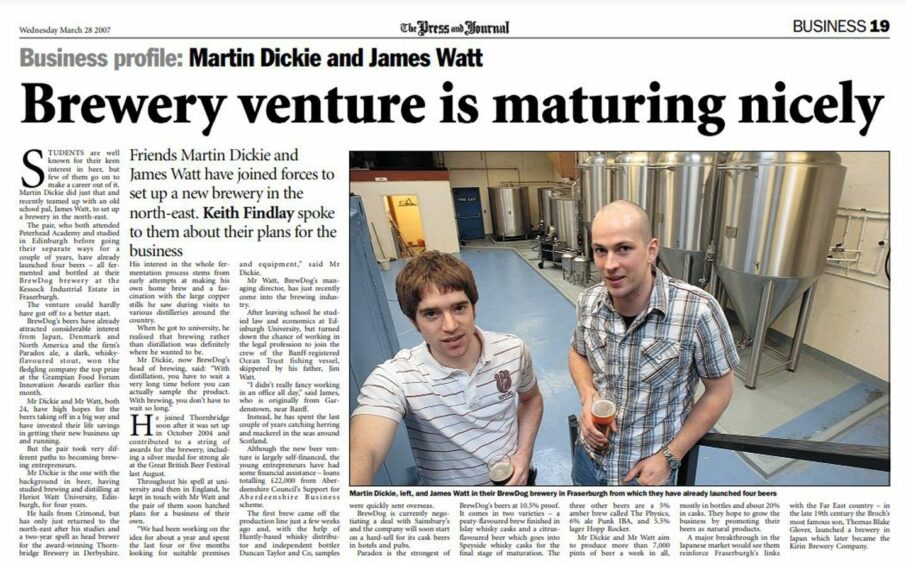
The article stated that James and Martin had “high hopes for the beers taking off in a big way” after they had “invested their life savings in getting their new business up and running.”
Reporter Keith Findlay added: “BrewDog is currently negotiating a deal with Sainsbury’s and the company will soon start on a hard-sell for its cask beers in hotels and pubs.”

It’s quite safe to say BrewDog has gone on to achieve some of its highest hopes and continue to build on its successful north-east born brand.

By 2007, pictures used in The P&J were in full colour – compared to the stories of Esslemont and Macintosh back in 1989 – and the business section has features alongside its articles – such as quickfire questions.
Today, The Press and Journal is still supportive of local businesses and often uses profiles as a way to help promote smaller firms.
2021: Workers in tears at Stoneywood paper mill
With more than 200 years under its belt, The Press and Journal has, in many cases, been there for some north and north-east businesses since they first opened their doors.
As a local newspaper, The P&J is there to be part of our communities through thick and thin.
So when the doors to Stoneywood Mill, some 90 years on from the article seen previously and more than 300 after it started operations, looked finally to have closed last year, we talked to the local people whose jobs were on the line as well as those trying desperately to save their jobs.
Our coverage included a series of articles looking at the devastating closure news and its impact, human and commercial.
2022: Glenmorangie Distillery’s green partnership
During the early decades of The Press and Journal, Scotch whisky was a mostly rogue business, with as many as 14,000 illicit stills being confiscated every year.
In 1823, the Excise Act put it on the legitimate path to conquering the world, and the spirits industry today remains a crucial part of the fabric of our region’s commerce and culture.
In this video-led report, our team went to sea to explore one of the innovative ways a leading distillery is helping deal with the impact of its work on the local environment.
Read more from our 275th year anniversary series
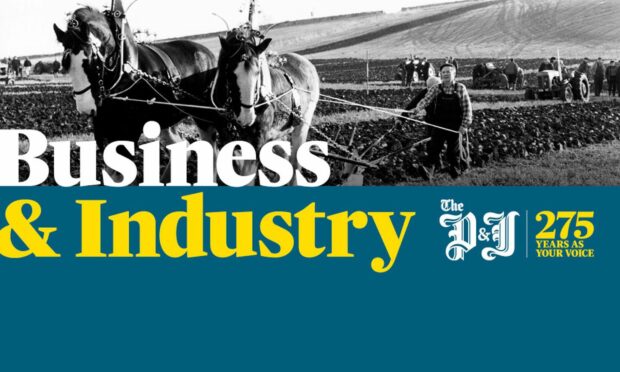

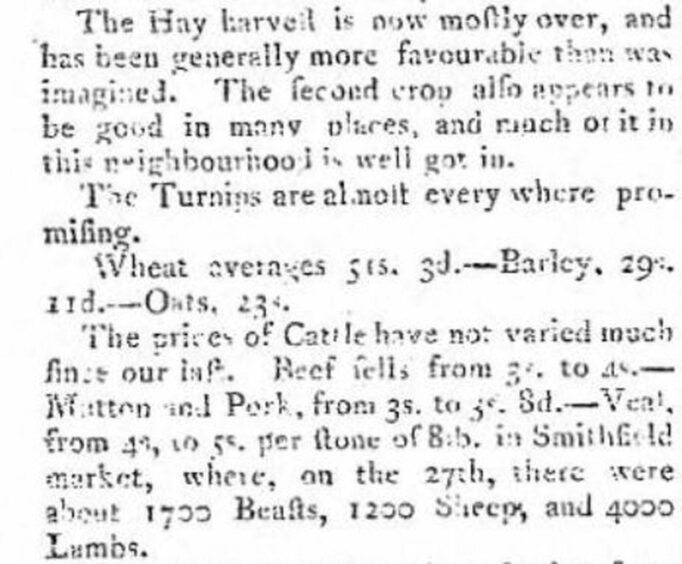
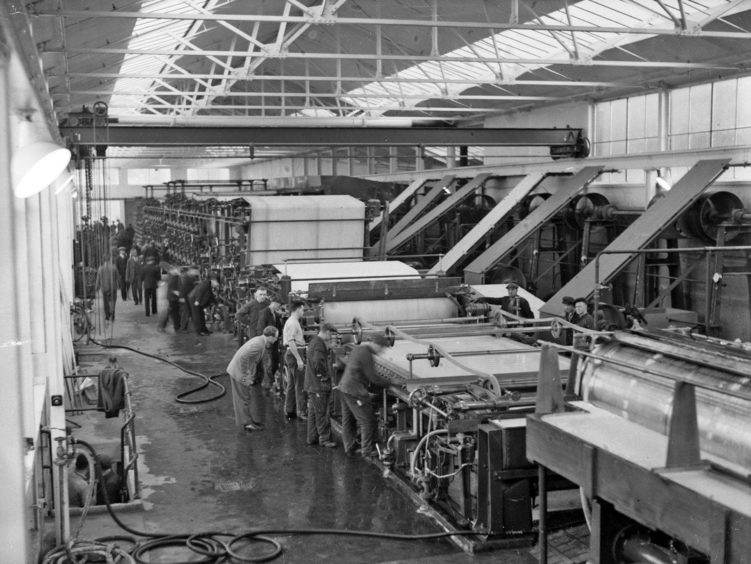
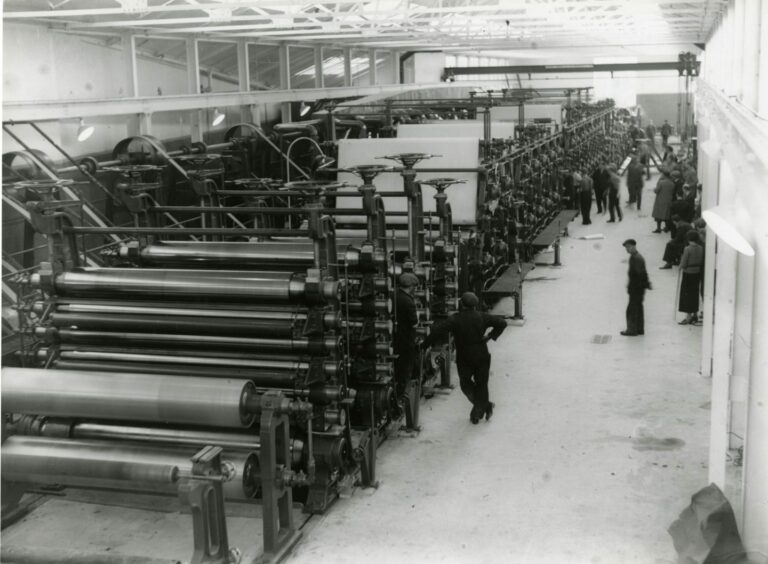
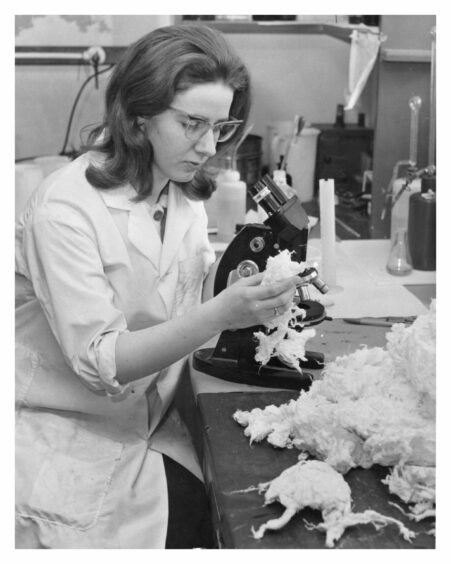
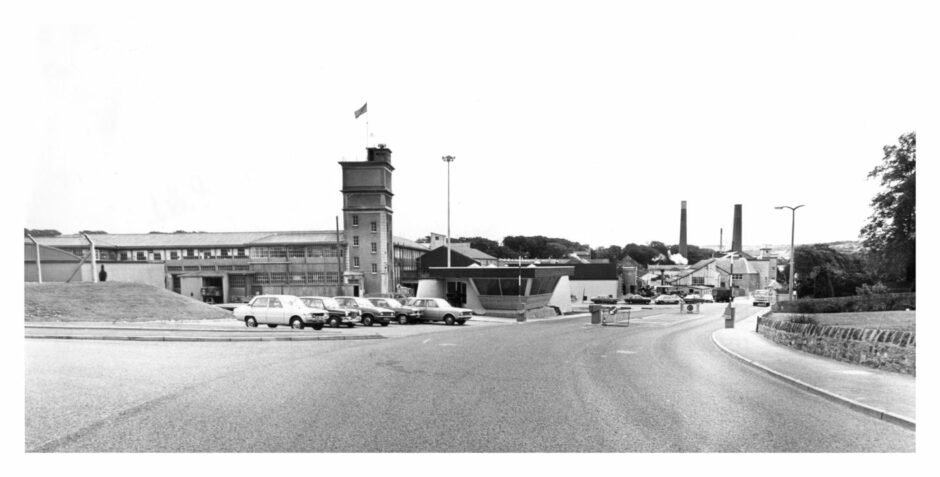
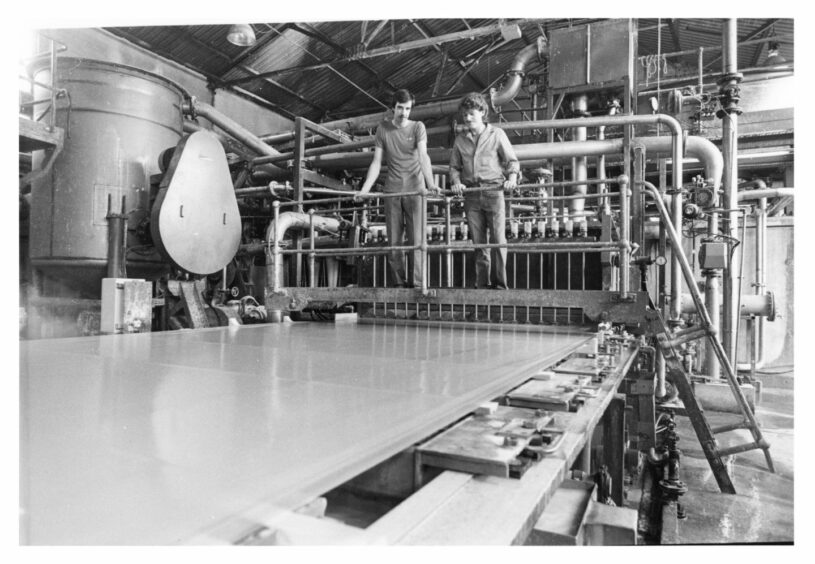
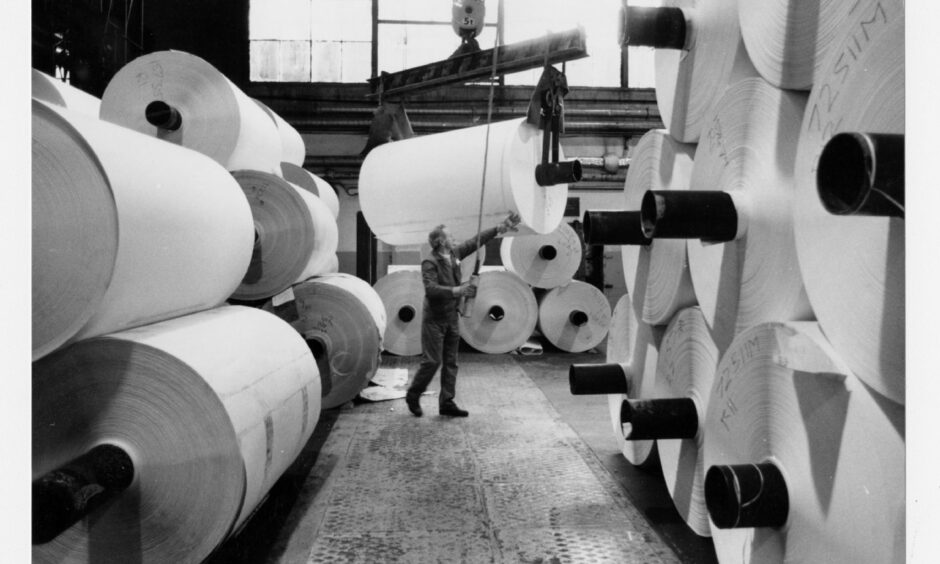
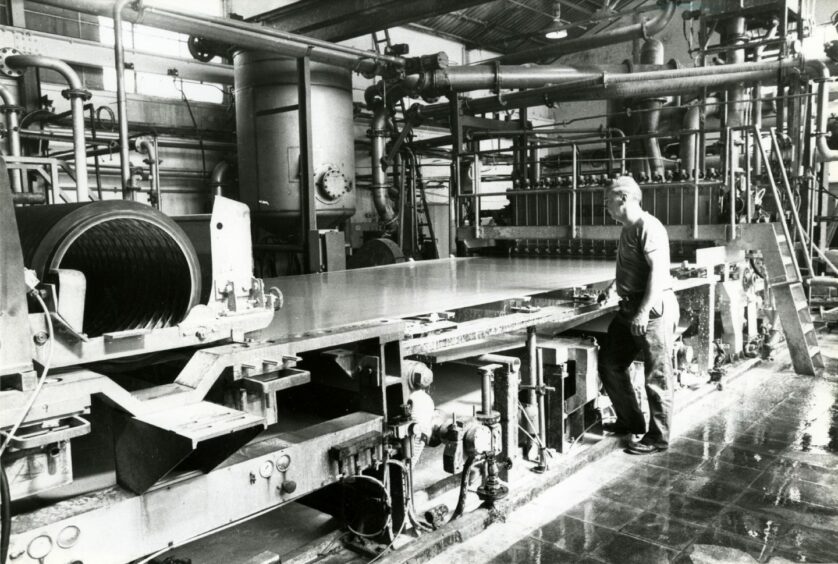
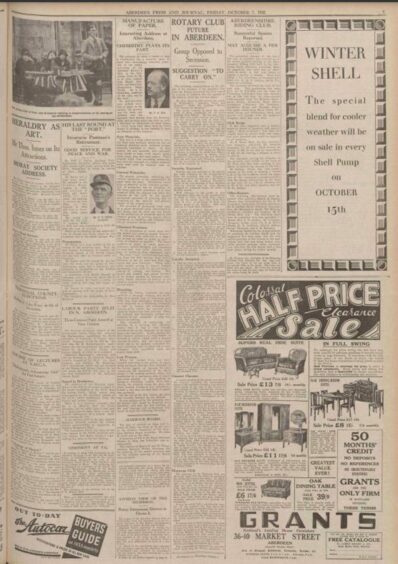
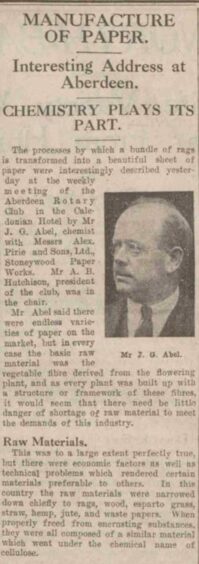
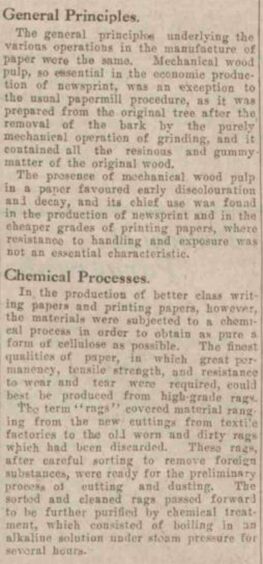

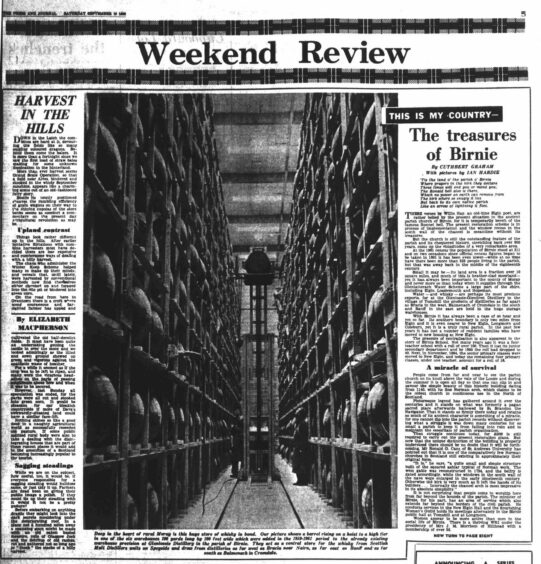
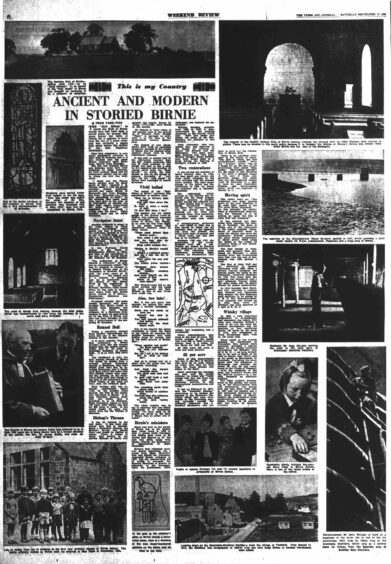
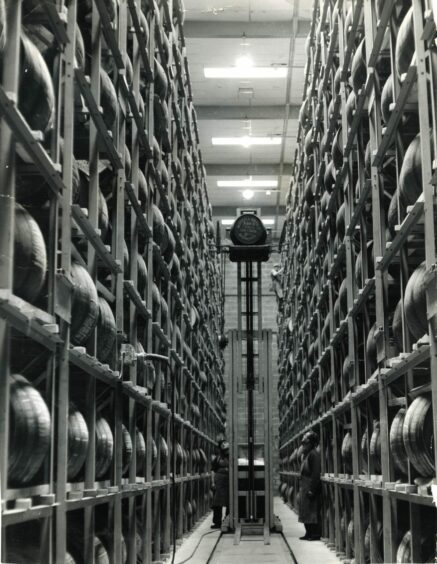
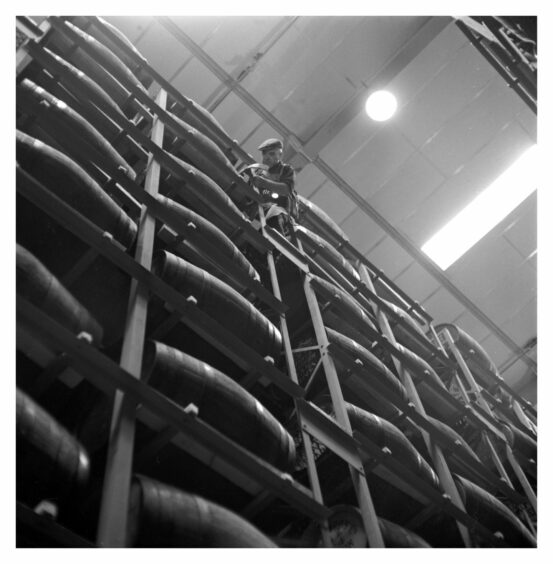
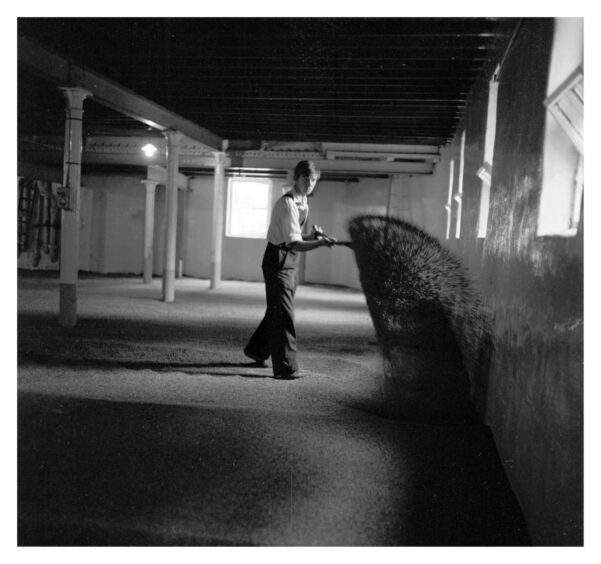
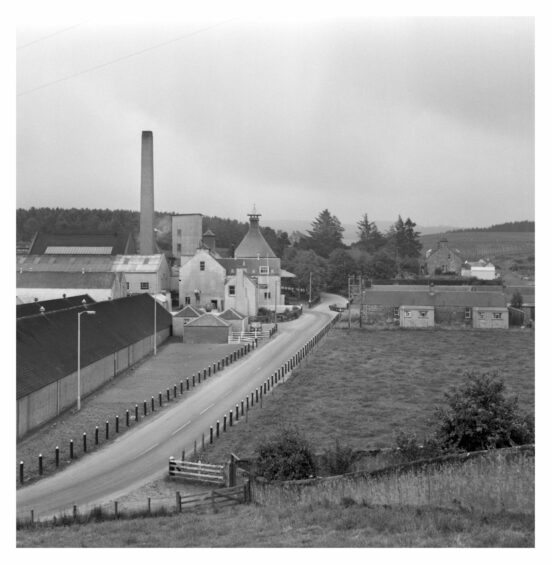
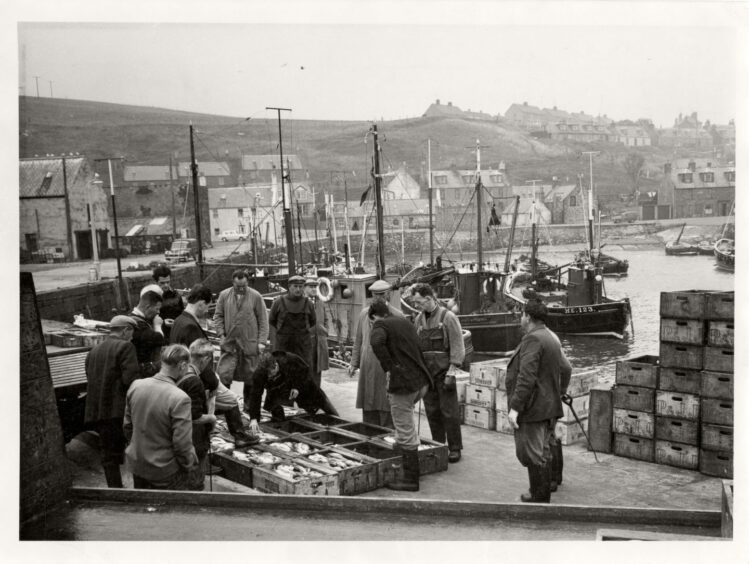
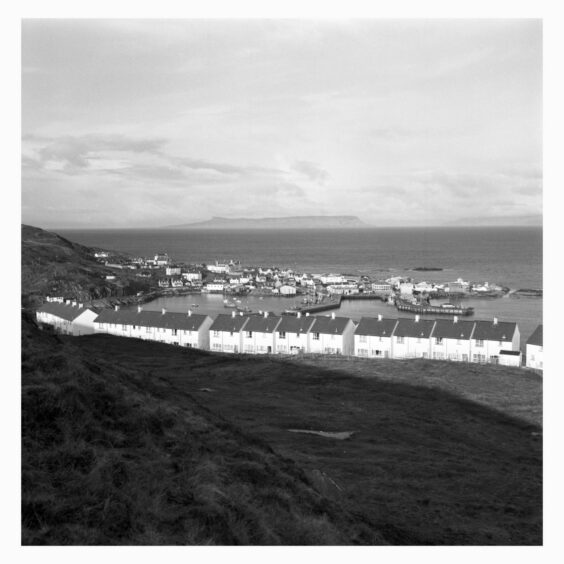
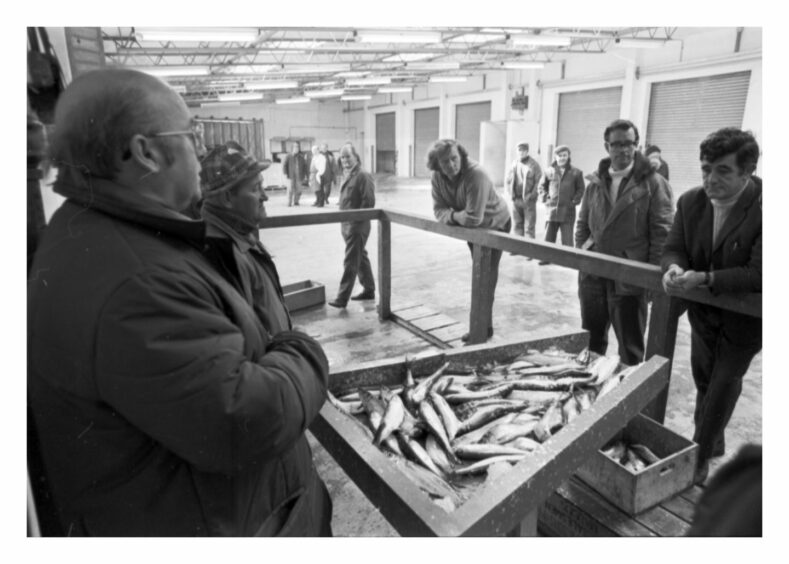
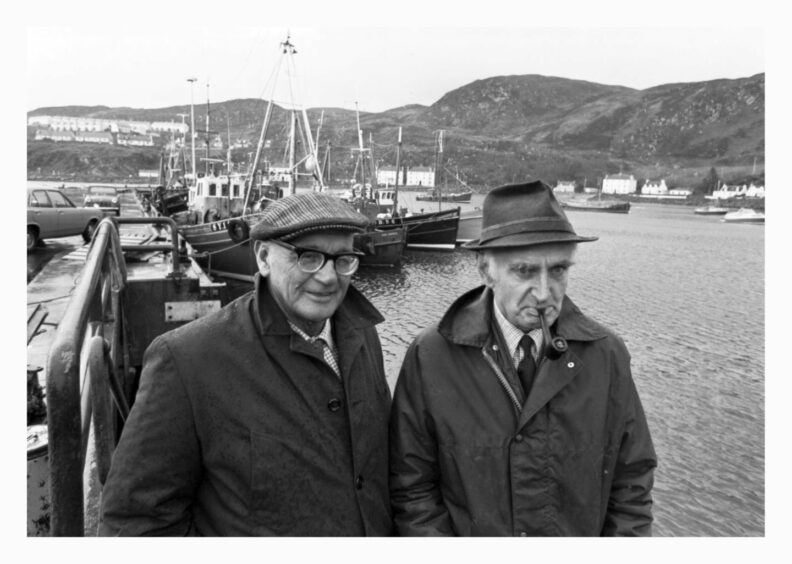
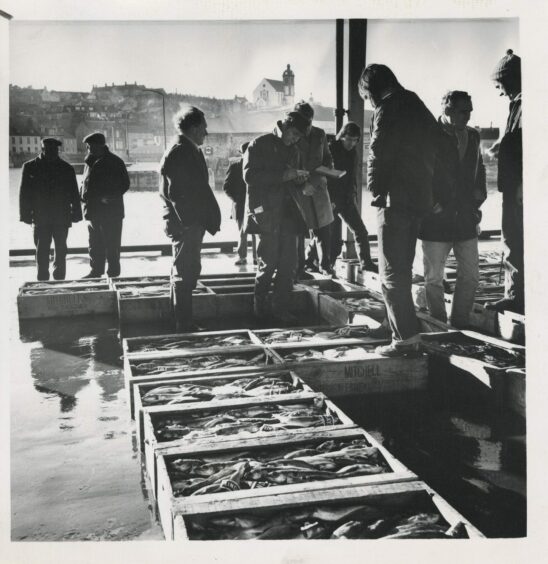
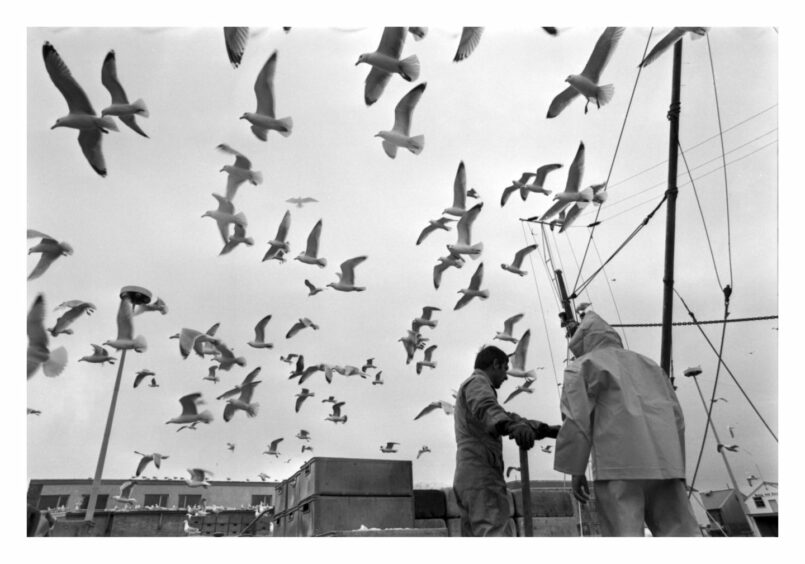
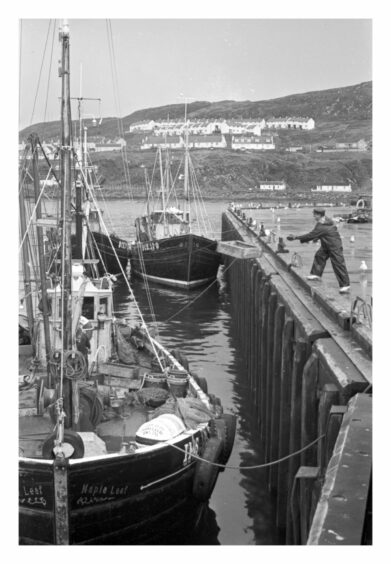
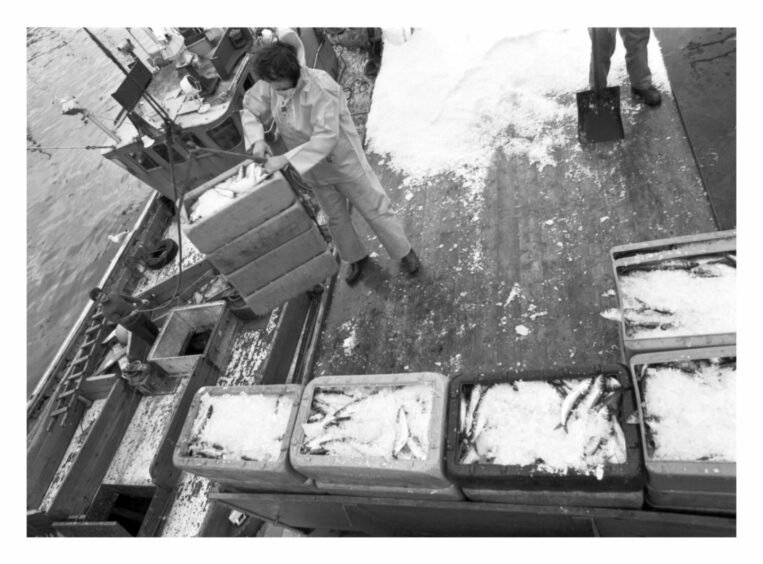
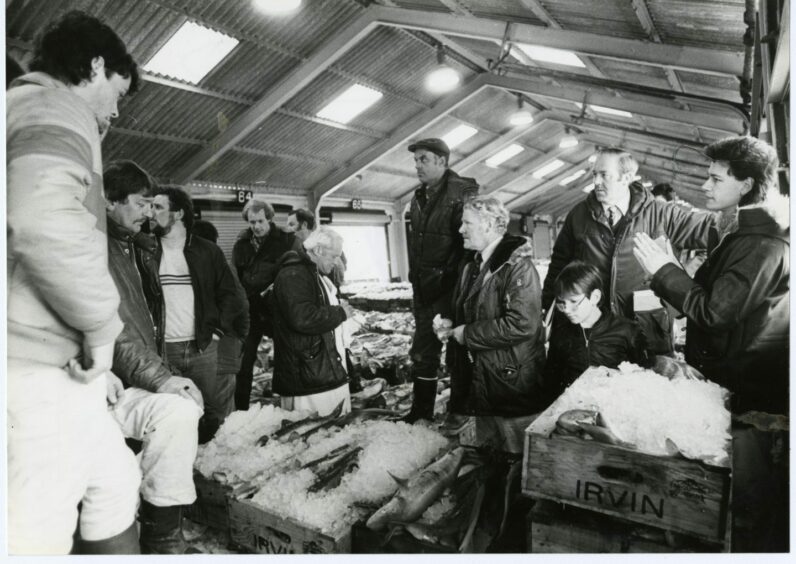

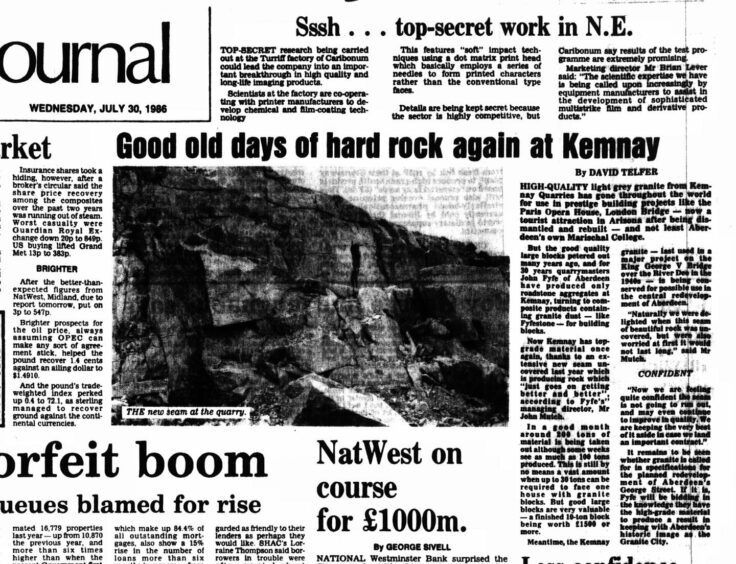
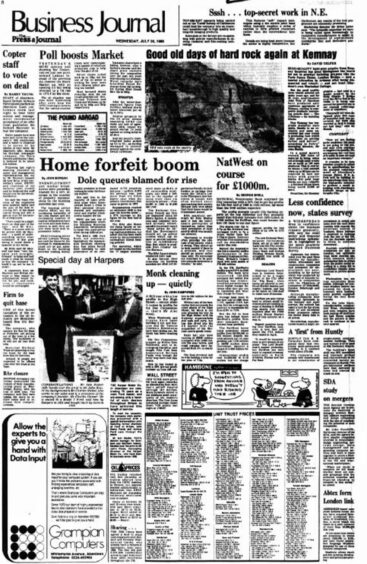
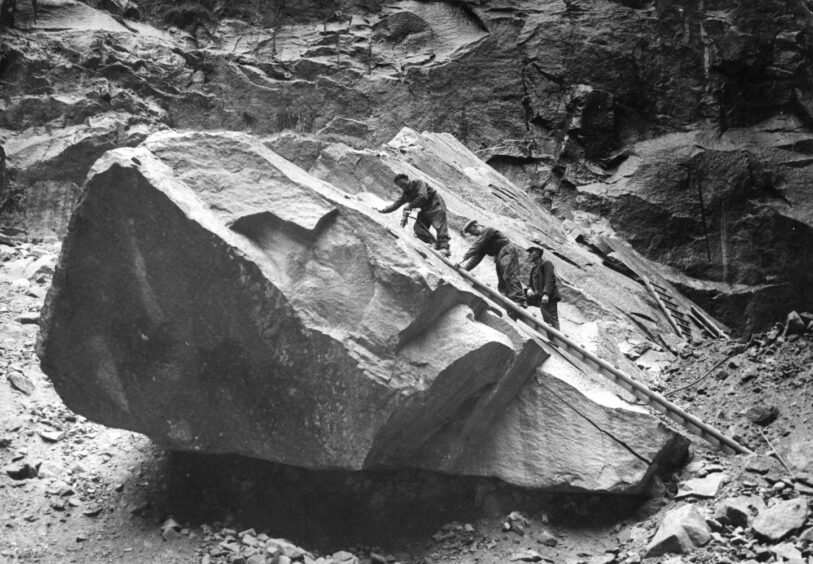
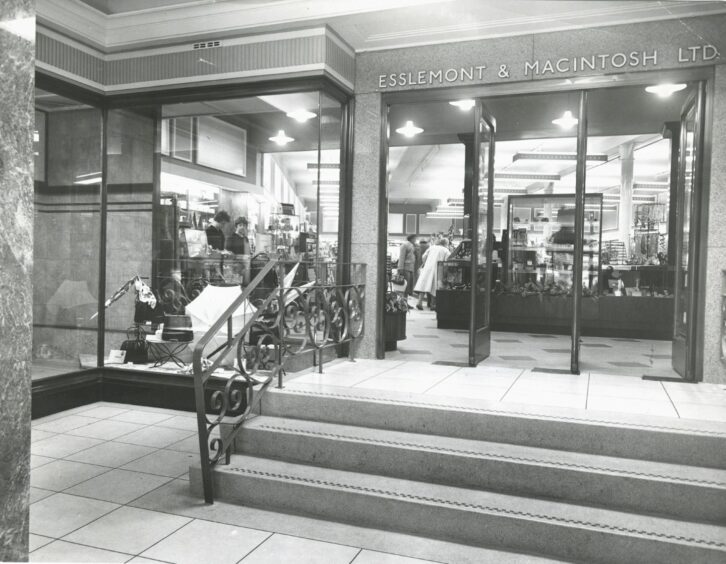


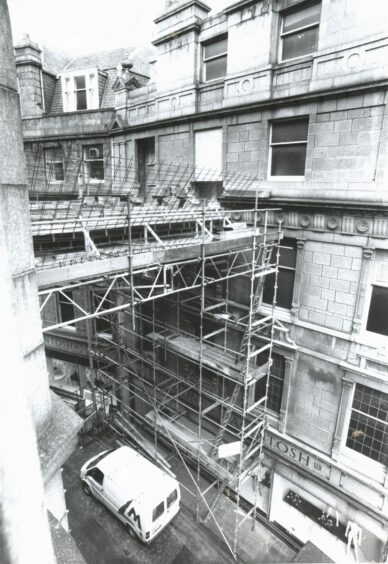
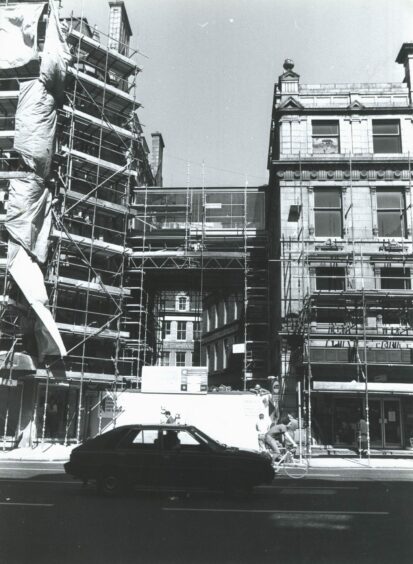
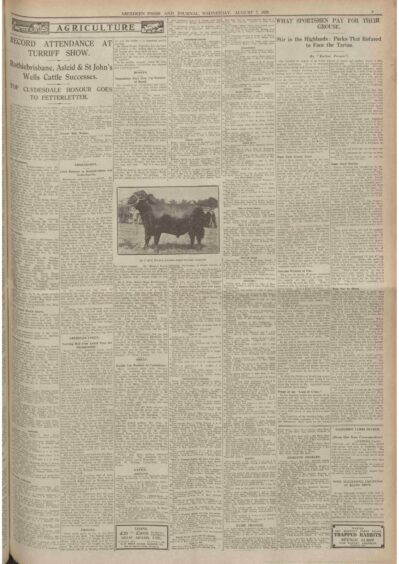
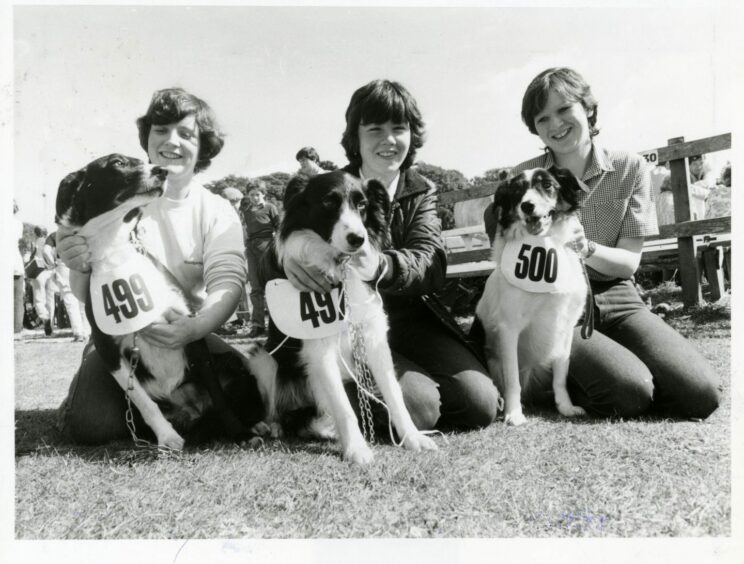
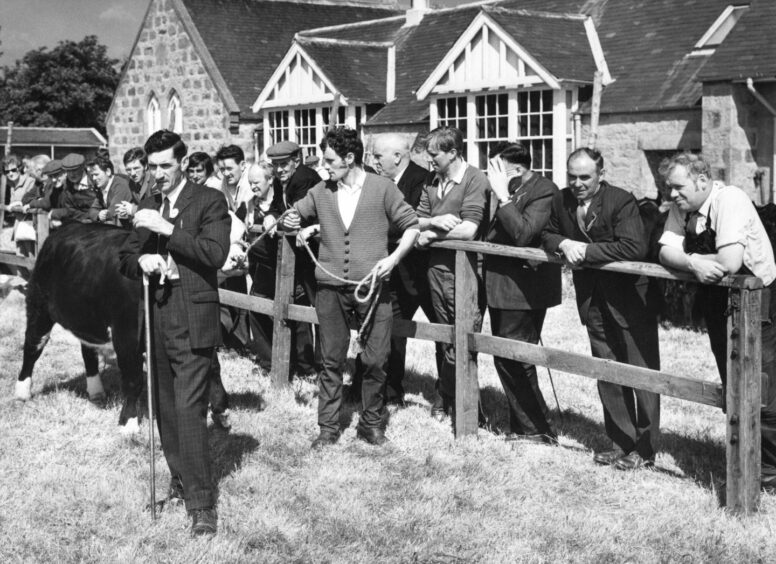
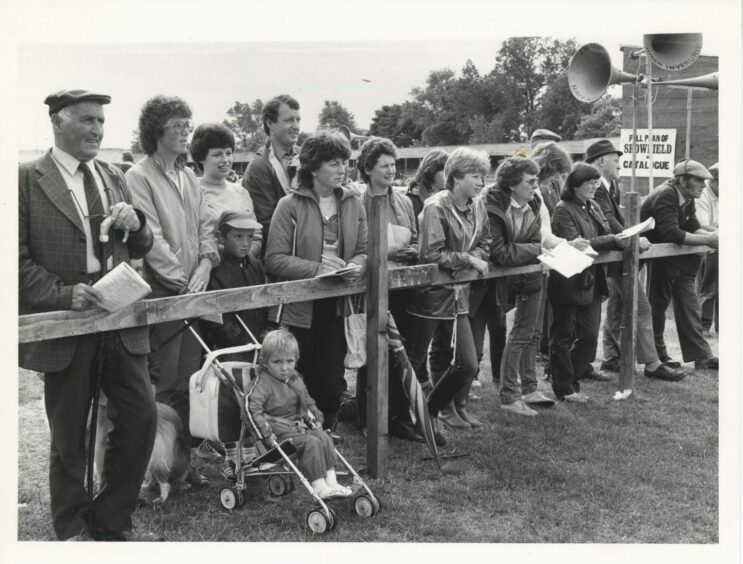
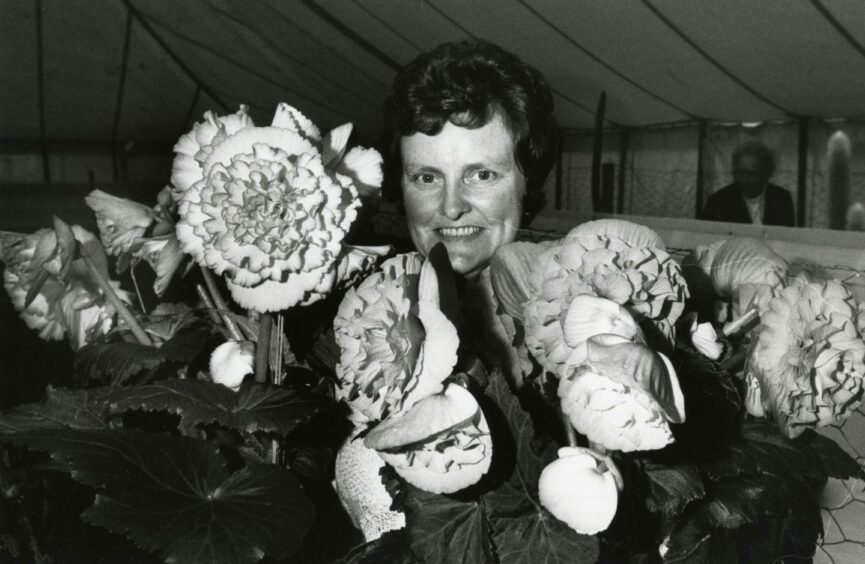
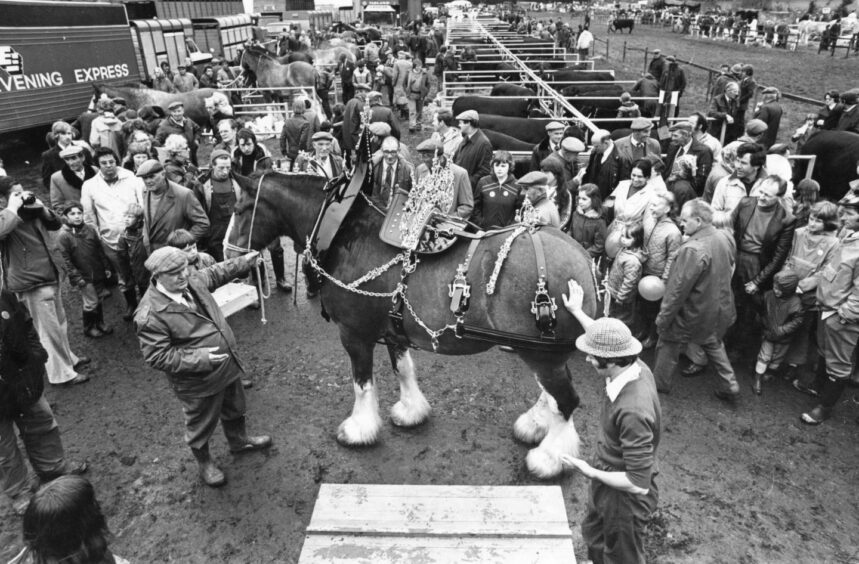
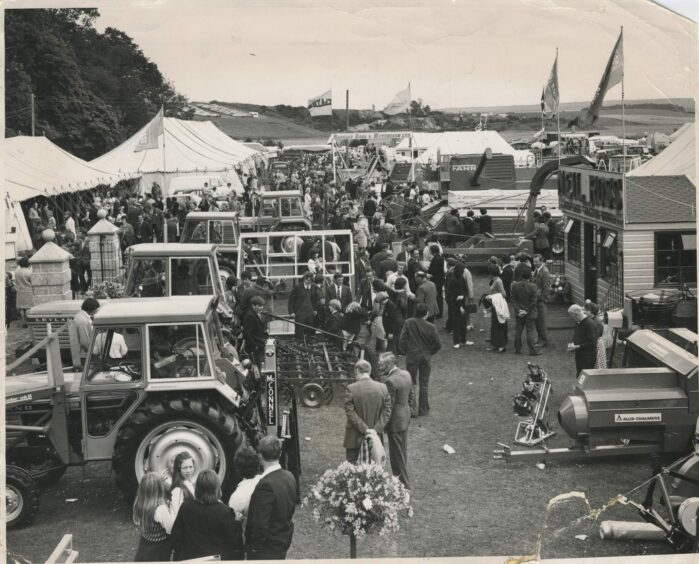
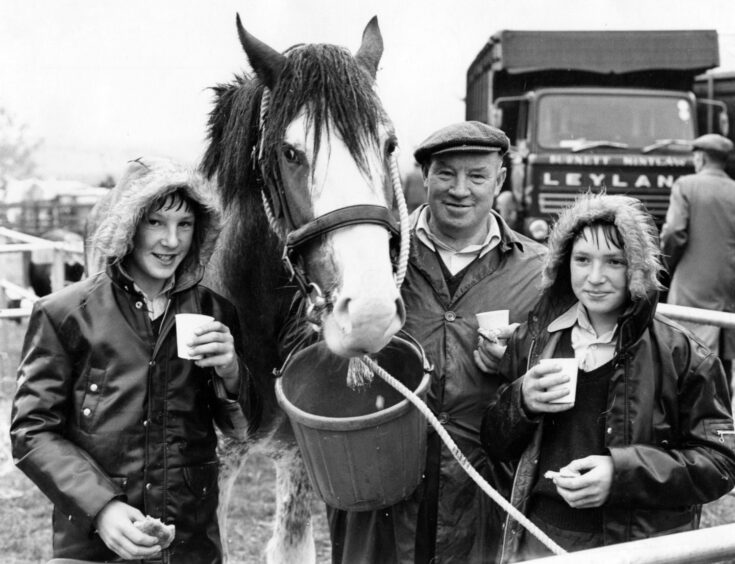
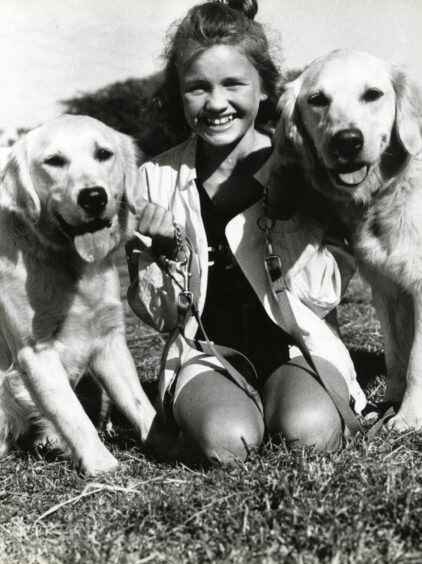
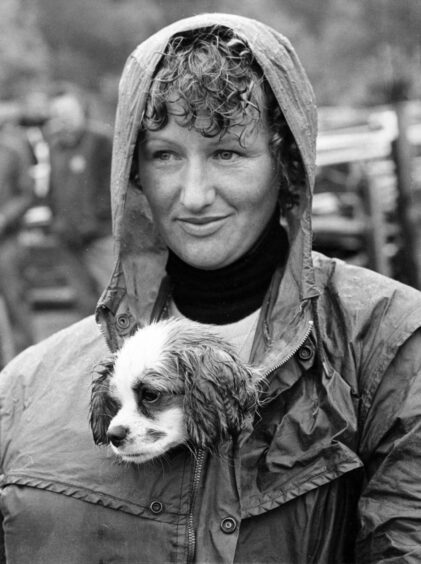
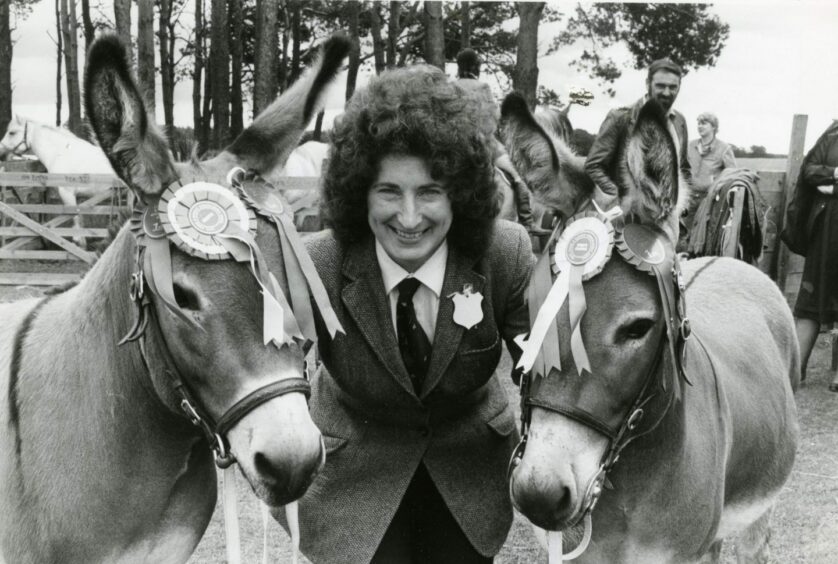
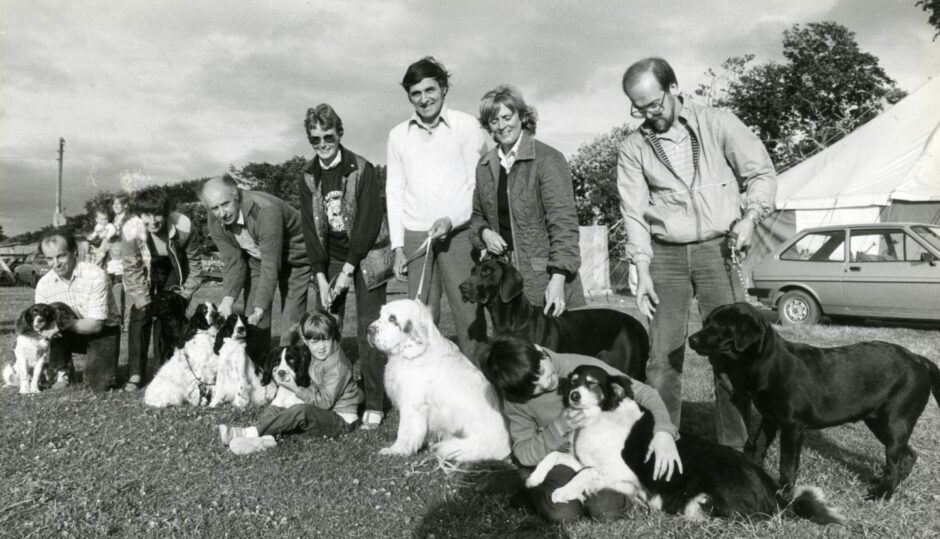
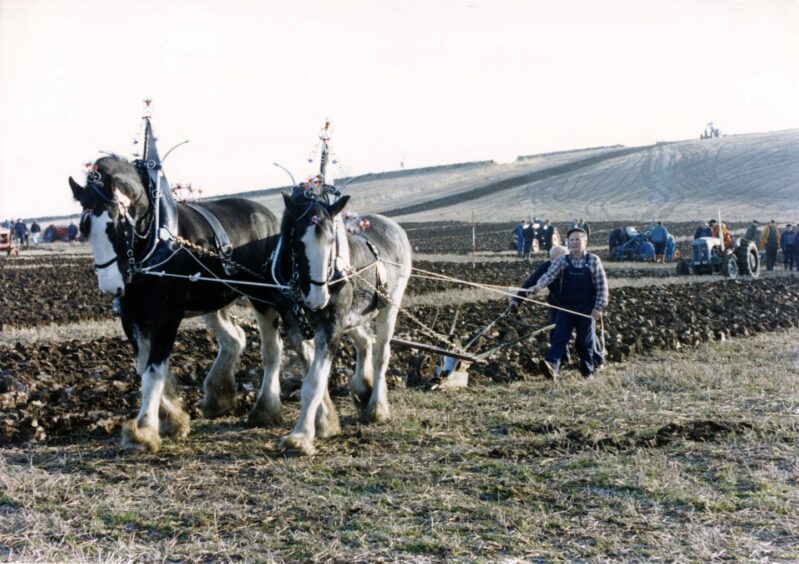
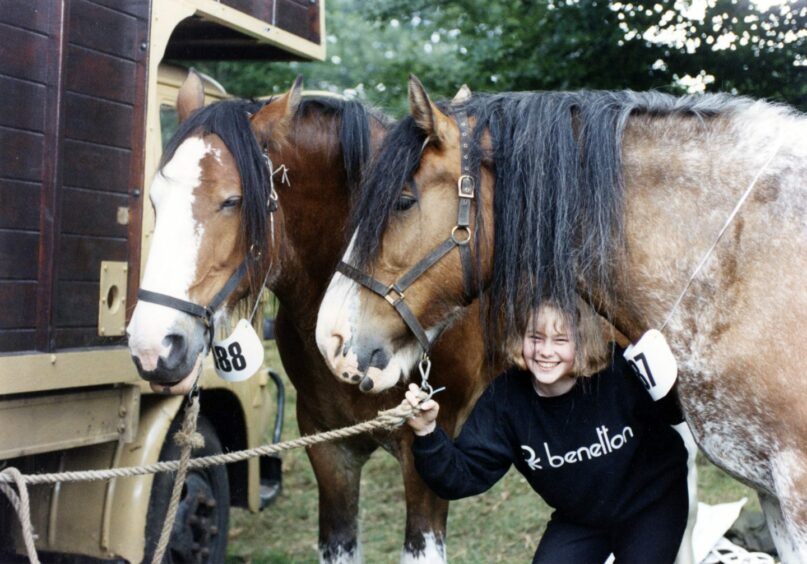
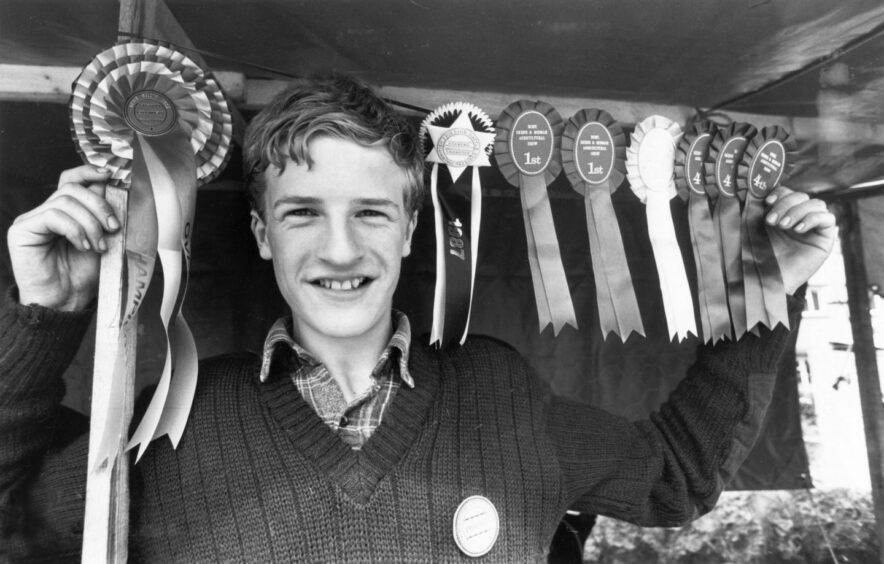
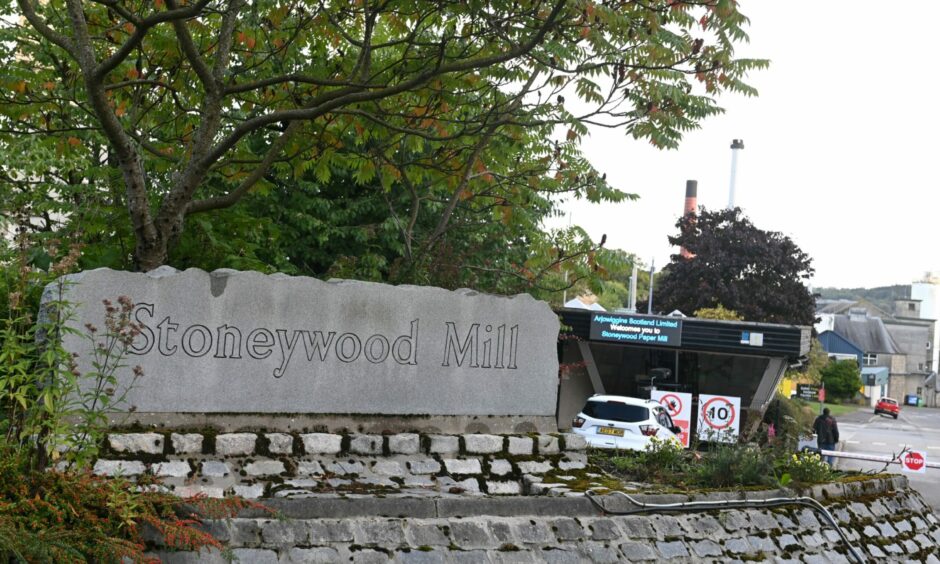
Conversation